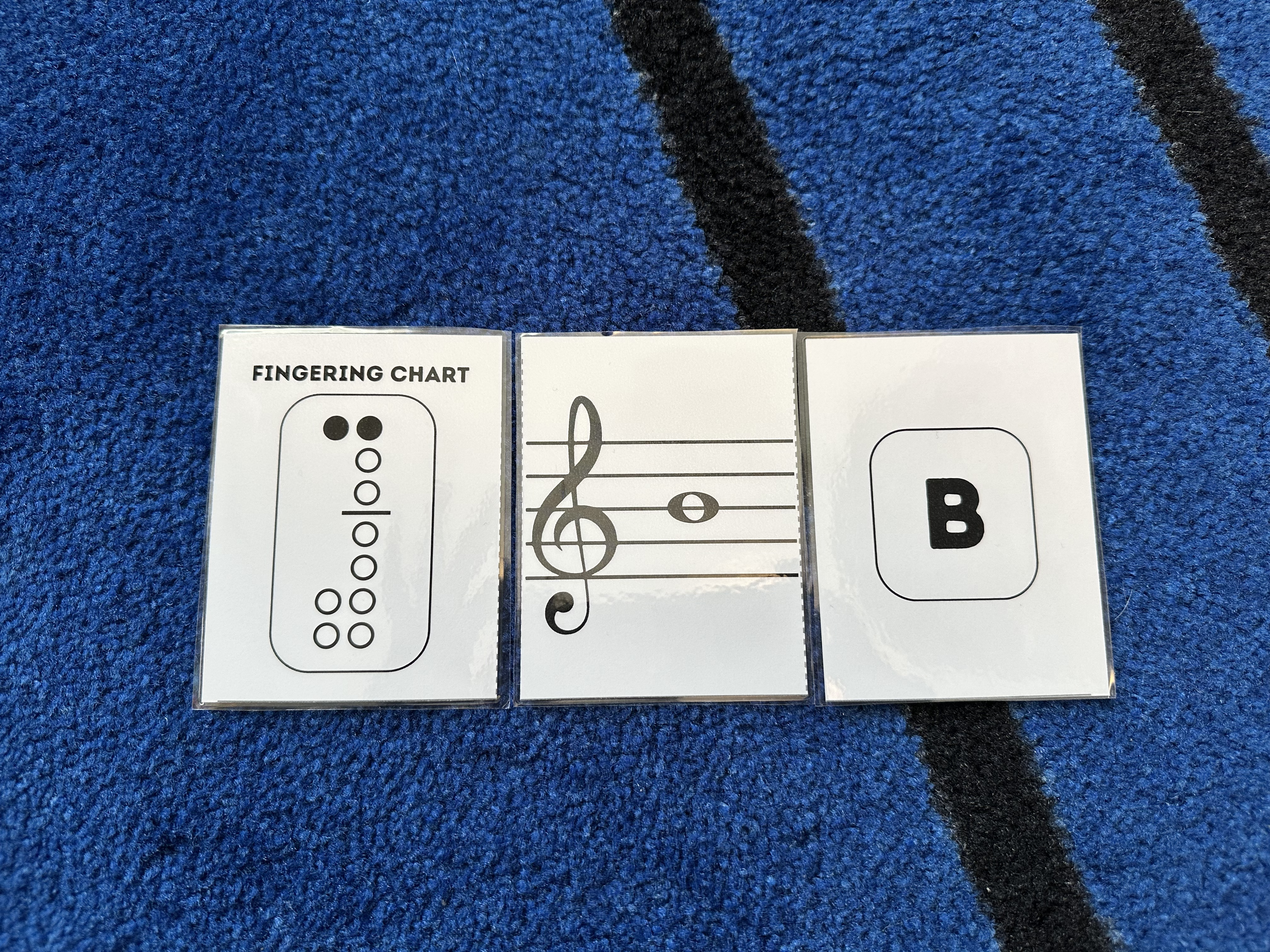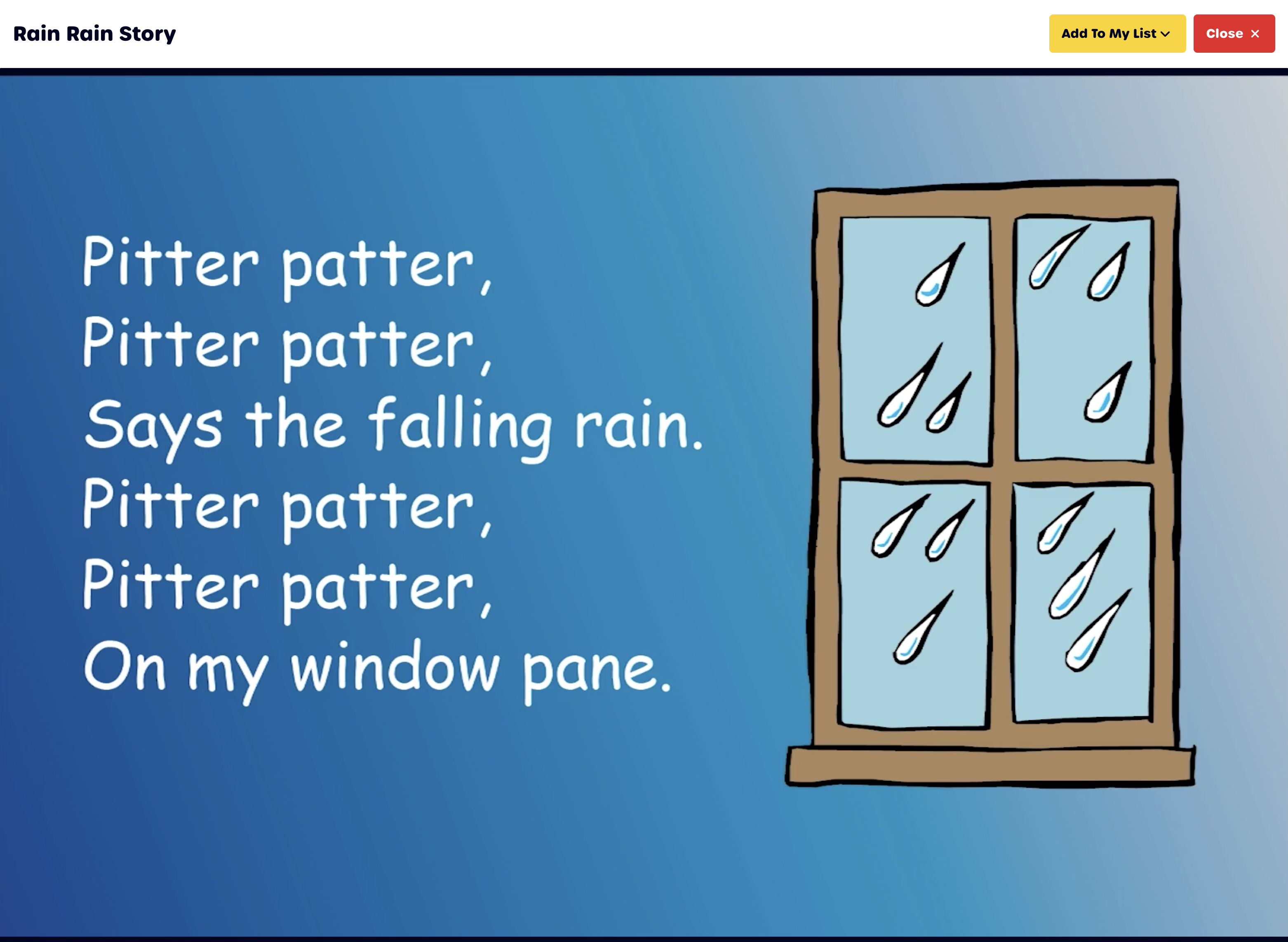Centers in the Music Class
Why use centers in the music room? Learning centers are typically set up in a classroom to encourage children to make choices. As they work in the centers they learn to work independently as well as cooperatively. Behaviors are getting more difficult to manage every year. If you use centers and have one or two students not behaving appropriately, this is a time when you can intervene and have them work one on one with you, or you can give them a written task instead of letting them play the games at the centers. I found with the grade 5 classes I worked with that the level of engagement was really high, and students were almost all on task.
Learning centers allow the teacher to address children’s individual learning styles. They are designed to assist students in developing independence, learning through selfdiscovery and are also a chance for the teacher to target specific academic skills. In the grade 5 class that I worked with, there were several students with very low academic abilities, and the students that they were grouped with were very helpful and empathetic to their needs.
One of the best reasons to use centers in the music room, is to give the teacher the opportunity to assess individual performance skills while the other students in the class are engaged in meaningful play.
How many centers? Determine how many students can work at each center. If you have materials for 8 students per center and you have 24 students, you only need 3 centers. If using the Music Center Kits, there are 4 gameboards for each game, so up to 8 students can play. If using Rhythm Dice Games, there are 10 gameboards of each game (or reproducible pages) so up to 20 students can play. If you include recorder testing as one station, then 3-5 other centers will give opportunities for all students to be engaged. When I did centers with grade 5 classes, I found that there was always one group that finished before I had anticipated, and I'd suggest setting up an extra center that your speedy group can go to if they're finished before it's time to rotate.
Possible Centers in the Music Room:
1. Recorder karate belt Testing - Recorder Rewards
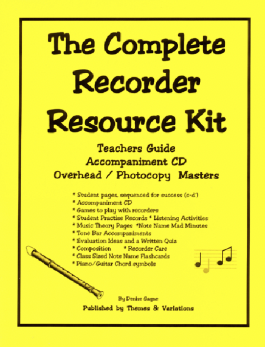
An incentive program that has really helped to motivate students involves giving students belts, like karate belts, colored stickers, or swimming badges, for each level that they have mastered. Choose 4-7 songs from your recorder program that represent easy-difficult levels of difficulty.
For example:
You could use the following songs in the Complete Recorder Resource Kit Level 1:
- White belt Song #8, Hot Cross Buns (theme or variation)
- Yellow belt Song #17, Skin and Bones
- Blue belt Song # 24, Hush Little Baby
- Black belt Song #35, Jingle Bells
Cut yarn into six inch lengths. A really easy way to cut numerous lengths in one short step is to wind the yarn around and around a book that is 6-8 inches wide. When you have lots of yarn wound around, snip both ends, and you have hundreds of pieces of yarn that are all the same length. Set up times for individual student testing.
I set a date for in-class testing when ALL students would be required to play the test piece. I let students who felt they were ready to test sooner, sign up and come in earlier before school, at recess, at lunch or after school to play for me. When the students have successfully played the song for you, award them their ‘belt’ - the length of yarn, that they tie to the end of their recorder. Those students who have not tested by the assigned date, will test in class at a “testing” center.
Here is a possible assessment:
- Perfect (3 points)
- Pretty good(2 points)
- Sometimes is correct (1 point)
- Not yet (0)
Rhythms _____
Notes/Fingerings _____
Tone Quality _____
Articulation _____ (tonguing and slurring)
2 Composition Center
- use the template in the Recorder Kit 1 to have students compose their own piece.
 Students may use the notes BAG E. They must end on G or E. If they end on G, accompany with G-D on Bass xylophone. If they end on E, accompany with E-B. I have them write their rhythm first under the hearts. I let them use ta, ti-ti, rest only in their first composition.
Students may use the notes BAG E. They must end on G or E. If they end on G, accompany with G-D on Bass xylophone. If they end on E, accompany with E-B. I have them write their rhythm first under the hearts. I let them use ta, ti-ti, rest only in their first composition.
Then, they write their melody using letter names under the rhythms. They play it for me, and if it sounds great, they notate it on the staff. I've done this with Gr. 4-5 very successfully!
The Recorder Kit is the most widely used recorder program in Canada. It's proven over and over to be the most carefully sequenced, so that all your students can be successful. The Recorder Kit is also available as an app - Learn and Play Recorder for iPad and Google play devices.
3. Rhythm Dice Games
3. Rhythm Dice Games There are 10 different games and multiple worksheets that you can use at a Rhythm Center. The collection comes with 25 rhythm dice, and most games use 1-2 dice for 2-3 players, so there's more than enough dice for your entire class to play the games at the same time. You could use just this one collection as centers and the kids would love it. This set was very successful with my Grade 5 classes.
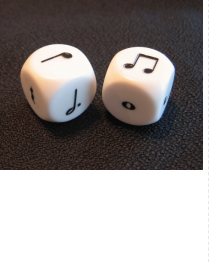

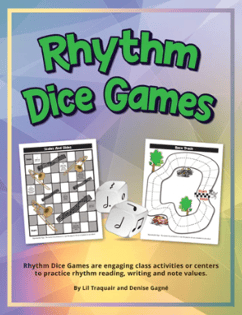
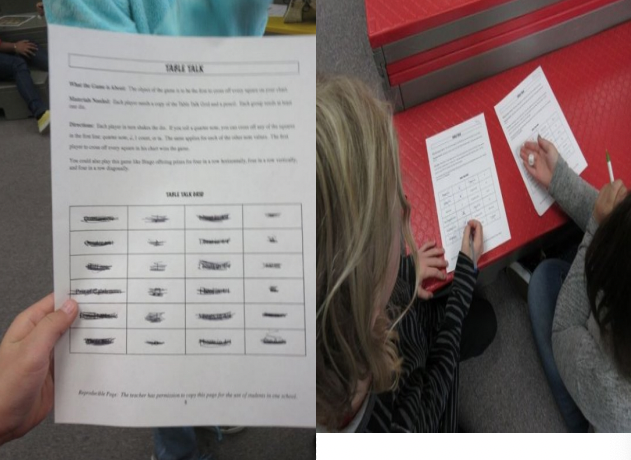
I don't have permissions to show faces of students playing the games, but wish I could to show you level of engagement!
4. Music Center Kit 1 and 2
Kit 1 and Kit 2 each include Tempo, Dynamics, Music Symbols, Note Name games. All game instructions and worksheets are included! The worksheets help to make the students accountable for their learning!

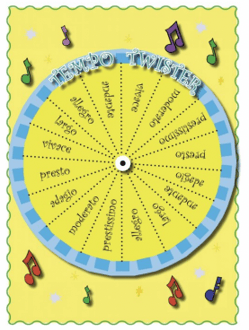

5. Theory Worksheets
This station might be one that you send students to that have difficulties with co-operation and playing games. Make up activity booklets with note naming pages, rhythm exercises and terms and symbols. You need a Plan B for students that goof off instead of playing the games provided. These booklets can also be used in a regular class when you want to test recorder.
Other Center Ideas could include:
- IPad Center - Download some of the great apps listed below - Note Name Memory, Note Name Smash or Rain Rain Story are great for centers, or other student favorites such as Flashnote Derby and Staff Wars.
- Rhythm Flashcard Center -Choose Rhythm flashcards that your students are working on. The Rhythm Flashcards published by Themes & Variations are color coded making it easy to select the rhythms your students are working on. Have students choose 4 rhythm cards and perform them using body percussion or on a choice of instrument. Each child at the center, should perform at least once.
- Recorder Performance Center - Give students some fun recorder pieces from the BIG BAG Book or Jazz Cats recorder, and let them learn to play them.
- Read a Melody Center - Choose Melody flashcards that your students are working on. The Melody Flashcards published by Themes & Variations are color coded making it easy to select a tone set. Have students sing the melodies or play them on a soprano xylophone.
- Musicplayonine.com center - play the games at musicplayonline.com!
Musicplay Live
Registration for Musicplay Live in Washington, DC; Austin, TX; and Virtual is open!
Musicplay Workshops

Check out our latest webinar on activities for April, including Easter and Spring activities AND Bunnies: The Musical!
Musicplay Minutes Podcast
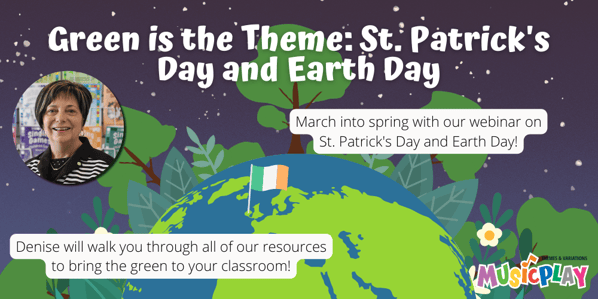
Listen to our newest podcast on ideas for St. Patrick's Day and Earth Day!

.png?width=483&height=405&name=MusicplayLive%202023%20Sing!%20Say!%20Dance!%20Play!%20With%20Artie%2c%20Denise%2c%20and%20JJ%20Locations%20FB%20(2).png)
